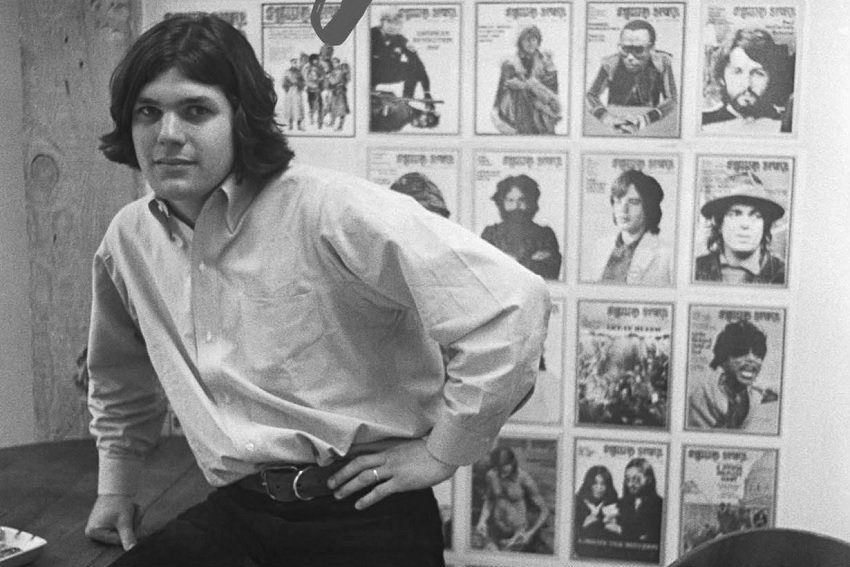Book Review: Sticky Fingers

Sticky Fingers: The Life and Times of Jann Wenner and Rolling Stone Magazine is an at times brutal but extremely entertaining biography on Rolling Stone founder Jann Wenner and perhaps the definitive rock ‘n’ roll bio even though the subject in question was no rock star.
Wenner founded Rolling Stone in San Francisco in ’67, the home of flower power and The Grateful Dead. Wenner was no hippie but the genius of Rolling Stone was it reflected the counterculture rather than just the music.
The mag became mainstream pushing safe, white rock and movie stars over soul, funk, disco and punk but remained relevant in the ‘70s due to Wenner’s eye for talent (Hunter S Thompson, Annie Leibovitz and Tom Wolfe) as Rolling Stone became the home of gonzo journalism and allowed Leibovitz to shine as its in-house photographer.

Wenner was also a master at exploiting cultural events such as the murder of John Lennon. Special editions, such as the Lennon issue with the iconic Leibovitz photo of a naked Lennon clinging on to his wife Yoko Ono, increased magazine sales but also cleared the path for Rolling Stone to become a time capsule to preserve the artistic and cultural merits of baby boomers instead of pushing what was happening creatively in the ‘80s and ‘90s.
Joe Hagan’s incredibly well-researched and -investigated book shows that the narcissistic capitalist Wenner and his mag epitomised all that was good and bad about the ‘60s, as Rolling Stone joined the establishment rather than dismantle it and couldn’t quite move with the times after rock became stale and the internet changed publishing.
Author: Joe Hagan
Publisher: Penguin